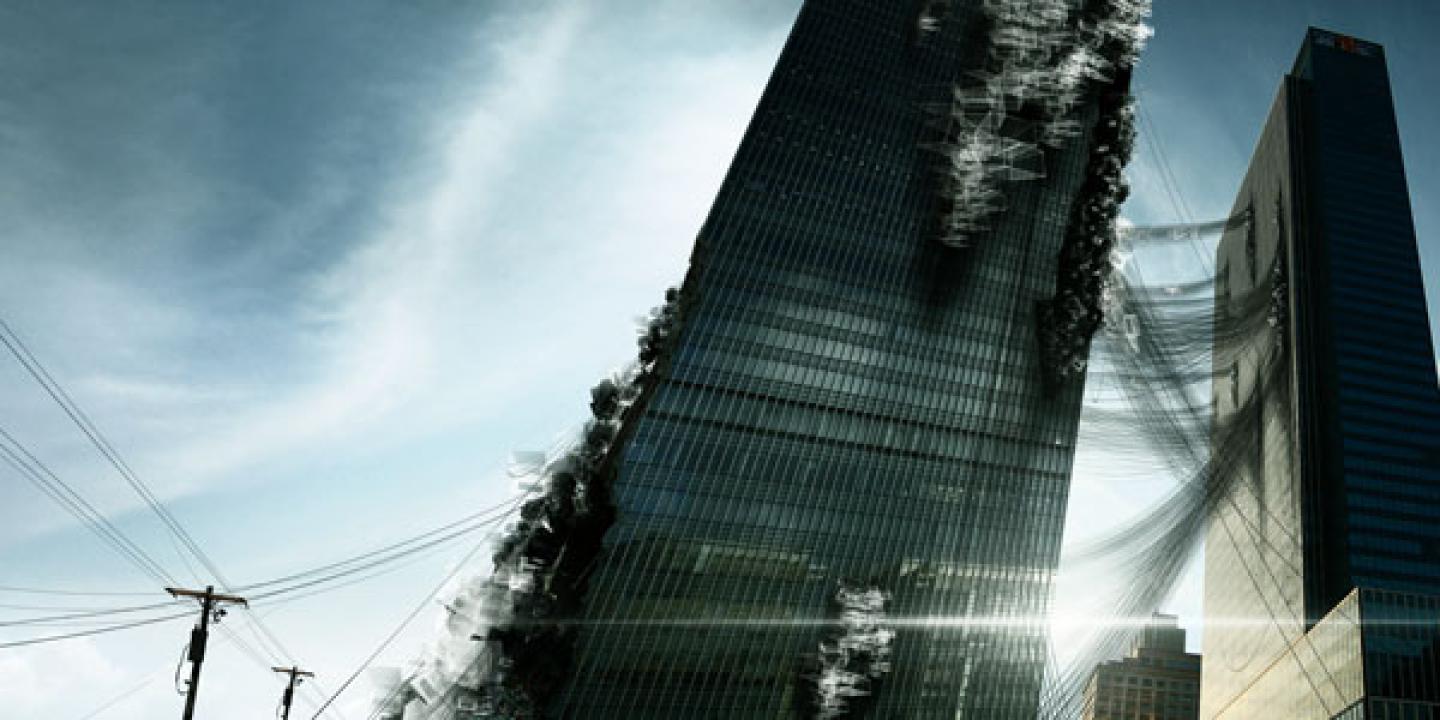Products of modern progress have rendered communication invisible to the third party. Cities and place are constantly communicating and connecting by various means but to which the modern machine have obscured; causing one to transpire through without acknowledging the relationship of city and place. The presence of one’s architecture and urban conditions has become quieted against these current interventions. Modern upgrades to the once primitive physical means of communication conceal from the perceiver the tangible forms that have embodied communication up until recent. Thus communication must become violent against the terror of passing through, to acquire back its physical body to which the perceiver may grasp these lines of communication and engage in participation. If the communication that occurs within place, cities, and self continue to disappear then the history and character which define and mold one’s sense of place will become consumed by a sense of sameness.
Structuring communication to be a physical entity will allow these lines of communication which is shared by cities, place, and people, to be detected and intercepted by a third party whom may choose to participate. Such interruption will cause one to become aware of the spaces around them, attaching such acknowledgement with the awareness of architectural and urban qualities. The awareness will further accentuate the experience with specific spatial qualities and extend one’s sense of knowing outside of assumed sameness. These lines of communication will extrude from the confines of spaces which does not promote or foster social environment, and evolve from them a spatial opportunity to connect back into dialogue. Elevated lines of communication will allow an environment to sustain the appropriate condition for participation while evolving new spatial conditions to be inhabited. Currently, communication only exists as elements lingering in space, never truly attaining the hierarchy necessary to seize the attention of the perceiver. The presence of communication must be allowed to concentrate and be brought against the force of passing through in order to punctuate space, offering an additional layer of definition to place.
Communication must reinsert itself back into the physical realm, eliciting the necessary interruption that will rehabilitate the perceiver back into consciousness to enter into conversation with the communicated. Awareness of what is communicated will awaken the senses, reaffirming memory of place in order that the essence of place can be reestablished within context. These interjected moments of knowing will reposition the perceiver within the mental as well as bodily context of the city, home, and overall place that is not same but is assumed when not explored consciously.
2010
2010
Plasticity Competition Submission
Thao Nguyen
Adam Nakagoshi








